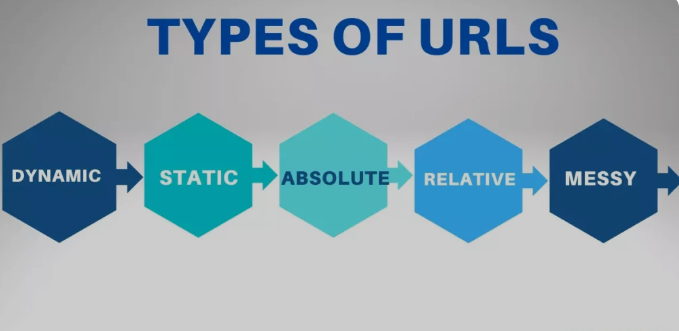Type a URL
one of the most common actions users take online is to “search Google or type a URL.” This phrase reflects everyday internet behavior, where individuals either search for information through search engines like Google or directly enter a website URL into their browser. To improve your website’s visibility, ranking, and indexing on Google, optimizing content for such keywords can play a key role in capturing user intent and improving engagement. In this article, we’ll explore how to create SEO-optimized content targeting the keyword “search Google or type a URL” for higher rankings and better indexing on Google.
Understanding User Intent
The keyword “search Google or type a URL” demonstrates two types of user intent:
- Informational Intent: Users who are seeking knowledge or information on how to use Google’s search functionality or navigate to a specific website.
- Navigational Intent: Users who already know what they are looking for and either want to search for it on Google or visit a specific URL directly.
By addressing both types of intent, your content can engage a wider audience. Make sure that your content is not only informative but also guides the user through these two types of actions.
Steps to Optimize for “Search Google or Type a URL”
1. Keyword Research and Integration
Begin by conducting in-depth keyword research to identify variations and long-tail keywords related to “search Google or type a URL.” For instance, you may discover related phrases like:
- “how to search Google”
- “enter a URL into browser”
- “Google search guide”
- “searching vs typing URL”
These keywords should be strategically incorporated into your content. Make sure they naturally fit into your headings, body text, meta descriptions, and image alt texts.
2. Creating Valuable Content
Quality content is the backbone of any successful SEO strategy. Focus on answering common questions related to the keyword:
- How does Google search work?
- What’s the difference between searching and entering a URL?
- Tips for better searching on Google.
Consider creating a step-by-step guide or an FAQ section. Providing real value through detailed explanations, tips, and examples will help your article rank better and improve engagement metrics like time-on-page.
3. On-Page SEO Best Practices
- Title Tag: Ensure the title of your page includes the main keyword, like “How to Search Google or Type a URL – A Complete Guide.”
- Meta Description: Summarize the content and encourage users to click. For example, “Learn how to search Google effectively or type a URL directly into your browser with this simple guide.”
- Header Tags: Use H1, H2, and H3 tags properly to structure your content. For example, an H2 could be “How to Search Google,” and an H3 could be “Tips for Accurate Searches.”
- Internal and External Links: Link to relevant pages within your website to improve user navigation, and provide external links to authoritative sources that support your content.
4. Mobile Optimization
More than half of Google searches come from mobile devices. Ensure your website is fully mobile-friendly, with responsive design, fast loading times, and easy navigation. This is crucial for Google’s ranking algorithm, which favors mobile-optimized sites for indexing.

5. User Experience (UX)
Google’s algorithms increasingly prioritize user experience when ranking content. Make sure your content is easy to read with:
- Short paragraphs
- Bullet points
- Clear headings
- Visuals (images, infographics)
Improving UX can reduce bounce rates, which in turn positively impacts your rankings.
6. Improving Page Speed
Google considers page speed as a key ranking factor. Slow websites are penalized in search results. To ensure your page loads quickly, optimize image sizes, reduce server response time, and use browser caching. Tools like Google’s PageSpeed Insights can help diagnose any speed-related issues on your website.
7. Google Search Console for Indexing

After publishing your content, use Google Search Console to request indexing. This tool helps Google discover and index your content faster. Submit your sitemap to ensure that all pages on your site are crawled by Google. Additionally, check for any indexing issues and fix them promptly to maintain good search visibility.
Conclusion
Optimizing your content around the keyword “search Google or type a URL” is an excellent way to tap into common user behavior and improve your website’s Google ranking and indexing. By focusing on user intent, keyword integration, mobile optimization, and improving overall user experience, you can create content that resonates with both users and search engines alike. Remember, the goal is not only to rank high but also to provide value that keeps users engaged with your content.
By following these steps, you’ll be well on your way to boosting your website’s visibility, attracting more traffic, and ranking higher for this essential search term.
Final Thoughts
SEO is an ever-evolving field, but the basics of keyword optimization, content quality, and user experience remain the same. Targeting keywords like “search Google or type a URL” is a strategic way to enhance your website’s relevance and search engine performance.

